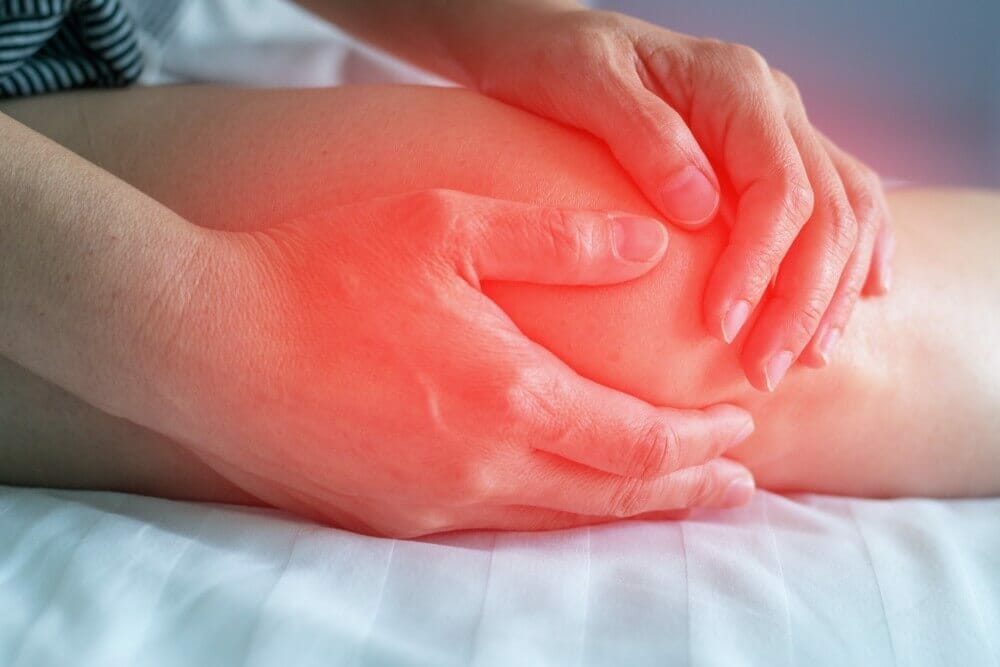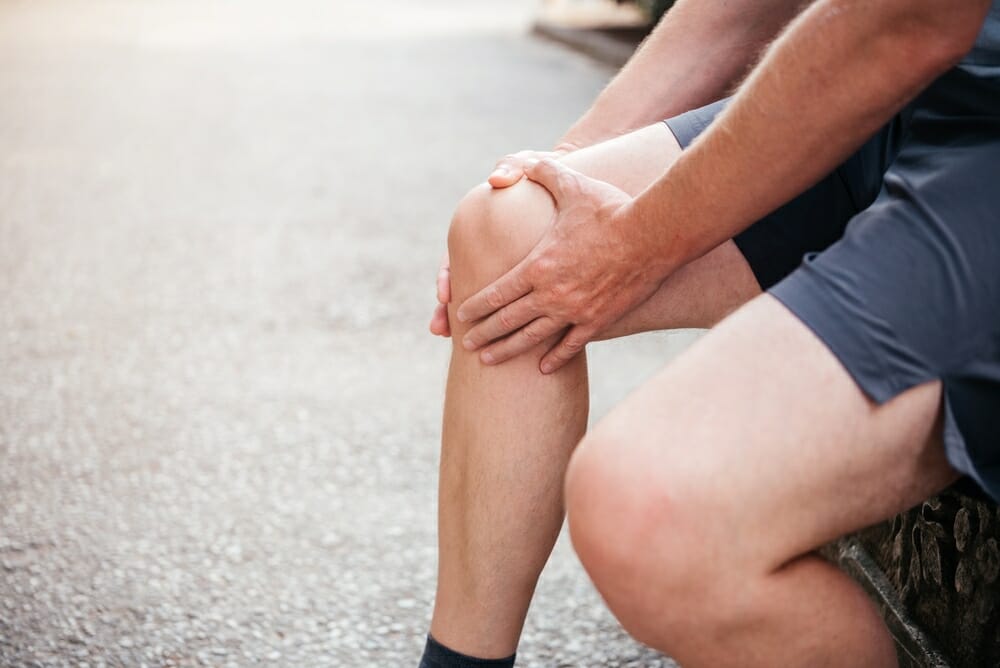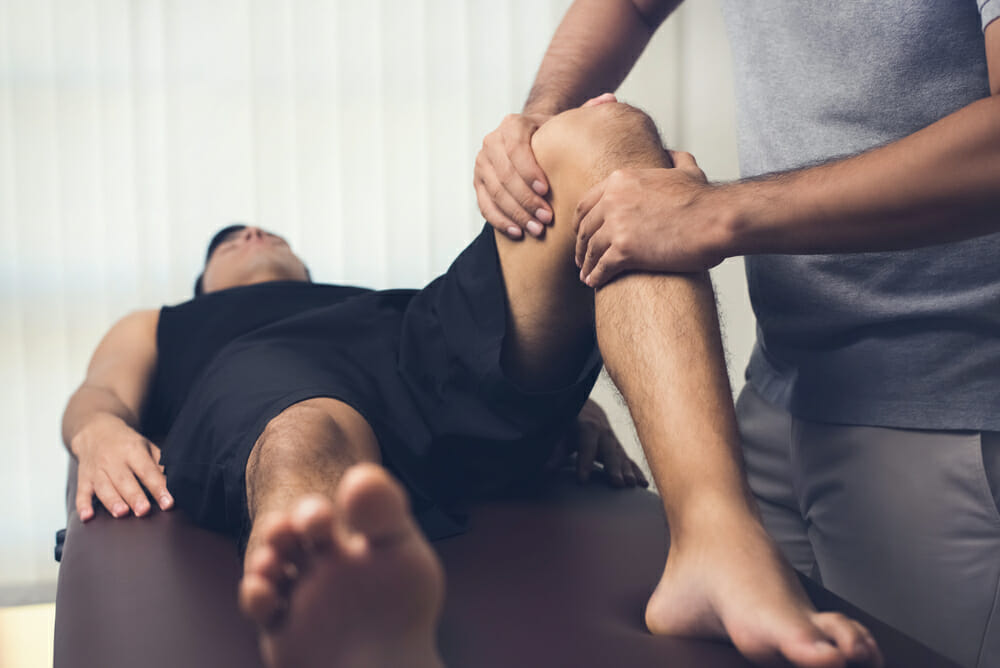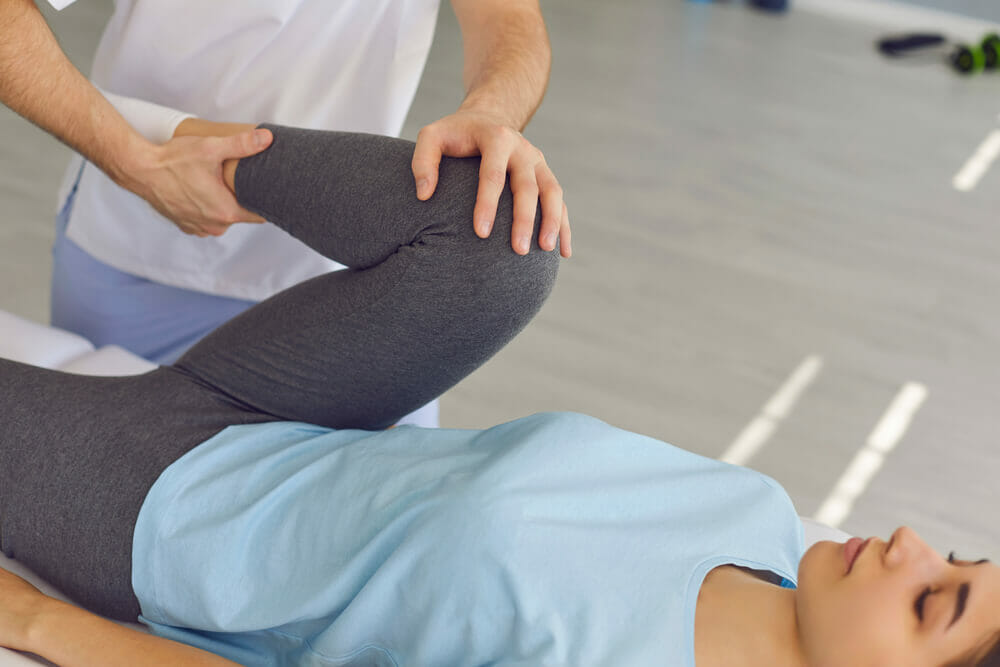
Patellofemoral joint pain is a common cause of knee pain experienced by both active young adults and the elderly. Patellofemoral pain syndrome is the clinical term for pain that is felt behind or around your kneecap. The patellofemoral joint is the part of the body where your kneecap forms a joint with the lower end of your thigh bone.
Patellofemoral pain is usually caused by excessive or increased pressure on the patellofemoral joint due to poor kneecap alignment or tightness of the local soft tissue structures. Over time this pressure affects the surface of the joint behind the kneecap. This condition can often be seen in those who participate in sports that involve jumping or running, and is often called “runner’s knee”. However, many other scenarios can also cause this type of patella pain.
What causes patellofemoral joint pain?
There are various causes of this type of joint pain including:
- Muscle weakness
- Muscle imbalance
- Overuse of the knee joint
- Poor foot support
- Trauma or injury to the kneecap
- Knee surgery
There are even certain risk factors that can mean you are at a greater chance of developing patellofemoral joint syndrome including:
- Gender—it is more common in women
- Age—it more commonly affects young people
- High activity levels—certain sports, especially high-impact forms of exercise, put extra stress on the knees

What are the common symptoms?
Patellofemoral joint syndrome often causes a dull aching pain in the front of the knee or around the patella. It is often worse when walking up or down stairs, kneeling, squatting or sitting for long periods of time.
Other common symptoms include:
- Rubbing, grinding or clicking sound from the kneecap
- Kneecap that is tender to the touch
Symptoms of patellofemoral joint pain can look like other health conditions so it is important to consult with your healthcare provider if you are experiencing any of these symptoms.
Ways to ease pain
It is important to immediately reduce any high impact exercise or sports if you’re experiencing patellofemoral joint pain. Your physio may inform you of some gentle, knee-friendly sports you could try in the meantime, but it is important to remember that one of the best ways to treat this kind of pain is with load modification.
Some useful pain relief treatments you can begin at-home may include:
- Cold packs
- Compression wraps
- Elevating the leg
- Over-the-counter pain relief medication like ibuprofen
- Shoe inserts or arch support in shoes
- Patellar taping
- Stretching and strengthening exercises—given to you specifically by an experienced physiotherapist
Following your physio’s advice is the best course of treatment for this type of joint pain, so ensure you consult with them first to ensure you are correctly looking after your body.
How a physio can help
It may be time to seek help from a physio for knee pain when your patellofemoral joint pain affects how you function every day. If you happen to have seen your doctor first, they should refer you to a physiotherapist for specialised treatment appropriate for your condition.
Studies show that physiotherapy is a very effective treatment for patellofemoral joint syndrome, in both the short and long term. Around 90% of those suffering from this condition are pain-free within 6 weeks of beginning a physio-guided treatment program. Physiotherapy aims to reduce knee pain and inflammation in the short term. Following this, treatment works on correcting the specific causes identified in your assessment. Surgery is only necessary in a small number of cases where a patient does not respond to treatment.
There’s no specific time frame for treatment for patellofemoral joint pain. Your rehabilitation will be determined by many factors during assessment and treatment. It’s important not to attempt rushing progression to the next stage of treatment as this can lead to further injury, delaying your recovery time. Your physiotherapist will guide you appropriately throughout your treatment.

How to prevent it in the future
The simplest way to help prevent patellofemoral joint syndrome returning is by ensuring that all of the contributing factors to your condition are dealt with as you begin to increase the intensity of your usual daily activities. Keeping up with your stretching, self guided techniques and strengthening exercises will help this transition period track as smoothly as possible. If you plan on returning to a sport as you are recovering, be gentle with your body, rest when you need to and ease into the activity.
Your physio may prescribe patellar taping or a brace to wear during such activities to help keep your kneecap stabilised.
You may experience a small amount of pain during physical activity but any more pain than that may mean you should cut back on your activity or stop altogether to seek further advice.
Other ways to help prevent runner’s knee in the future may include:
- Warming up well before physical activity
- Wear supportive running shoes or orthopaedic shoe inserts
- Lose excess weight if necessary
- Ensure good hip and knee mobility and muscle length
We’re here to help
The skilled, friendly team at Integrity Physiotherapy can help get you back on track. For expert physio for knee pain, book an appointment today.



